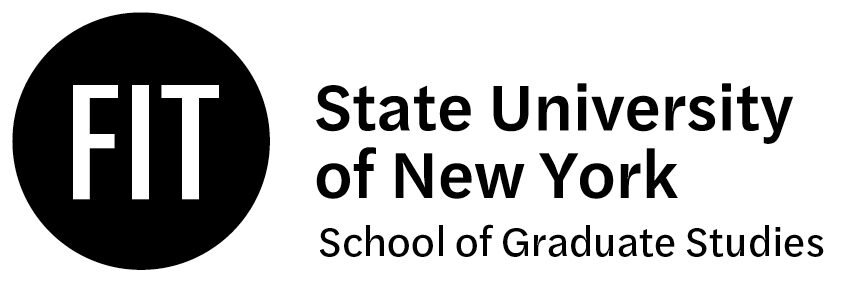By Michael Battista
Industry Coordinator to the Global Fashion Management Program

Hong Kong is a city that bustles with over 7 million people. Skyscrapers that are achieved with bamboo scaffolding rise from the mountainous terrain of a bay overlooking the South China Sea. Container ships filled with goods destined for the world’s ports dot the horizon. This sets the scene for the third and final seminar of the Global Fashion Management program, held in collaboration with the Institute of Textiles and Clothing of the Hong Kong Polytechnic University.
Hong Kong is a hub for retail: filled with boutiques, shopping malls, and specialized districts. Street markets with literal names like “Jade Market” and “Sneaker Street” are destinations in and of themselves. It’s a place where luxury brands have – until recently – enjoyed great success. There are more Louis Vuitton and Prada stores in Hong Kong than in Paris and Milan. When immersed in the modernity of this city, it’s hard to imagine its humble beginnings as a small fishing village.
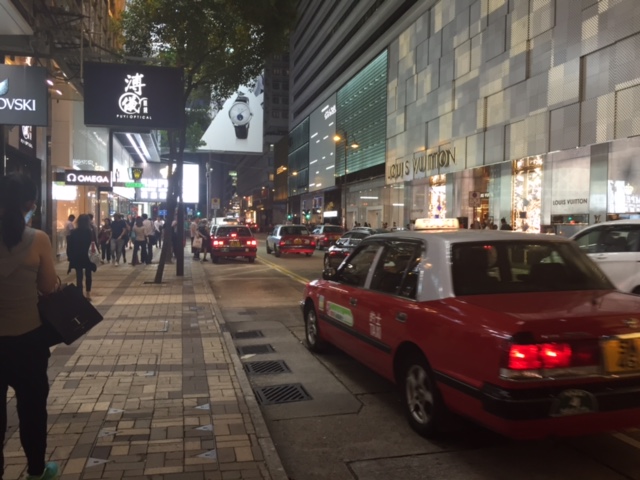

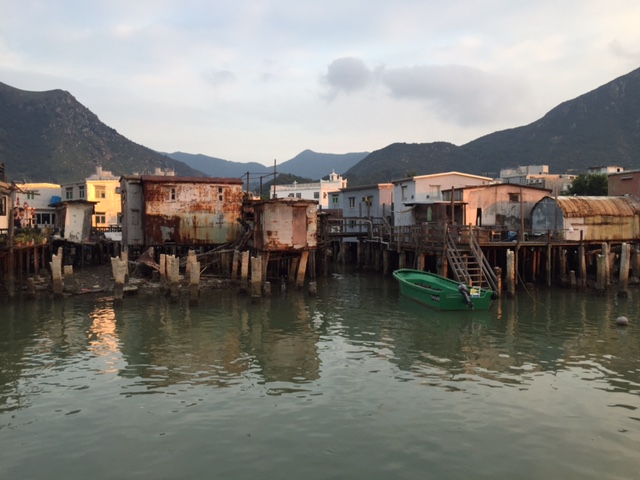
The seminar began with the positioning of Hong Kong as a gateway to Asia. According to visiting lecturer Pauline Hsia, American, European, and British brands come to Hong Kong to test their success with the Asian market before expanding further into the continent. Dana Craig, SVP of Supply Chain – Asia at Tory Burch informed us that the brand’s highest volume of sales, worldwide is at their Hong Kong airport location. Notwithstanding this success, Mr. Craig points out that building brand awareness remains a challenge to expansion in Asia.
While success can prove elusive to foreign brands, a strategy of testing and brand building is exhibited in the efforts of Canadian brand Lululemon. The Business of Fashion reports: “The company has stores in Hong Kong but currently only operates showrooms in Shanghai and Beijing, and sells online in China via Tmall [an e-commerce platform]. ‘We start with our showroom model, where our team can build brand awareness, test product, create authentic relationships and learn what is important to a community before we open a permanent store,’ says [SVP, Asia Pacific at Lululemon,] Ken Lee.”
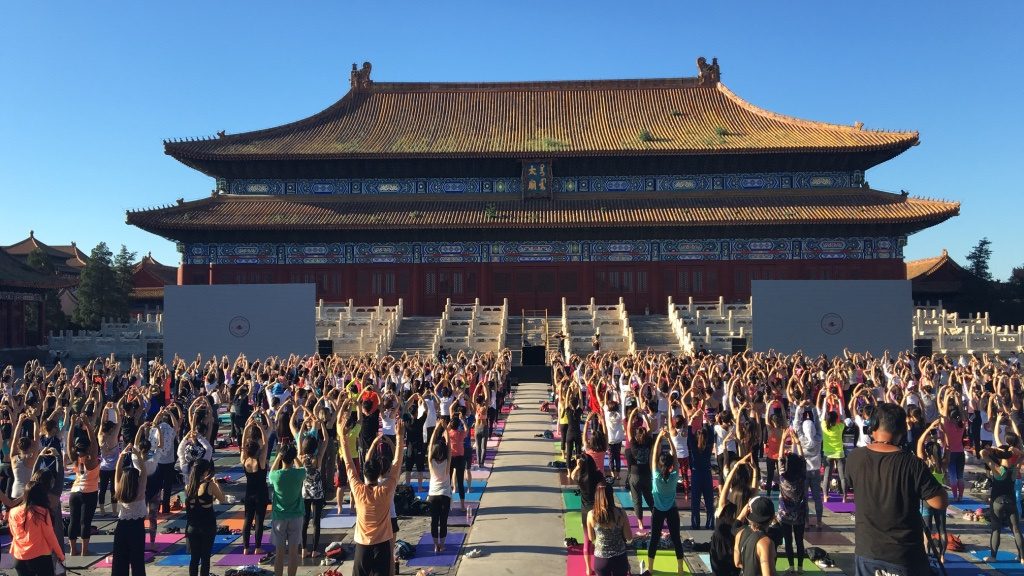
The region now known as Hong Kong has been the gateway to China for centuries. The Portuguese maintained trading outposts there in the 1500s; and the Dutch and French would follow suit. By the early 1800’s, the British East India Company had a growing presence to feed Europe’s appetite for Chinese silk, porcelain, and tea. By 1839 it would become the epicenter of the Opium Wars – a humiliating history for both the victor and defeated – spanning two decades and ending with the cessation of Hong Kong to the British Crown.
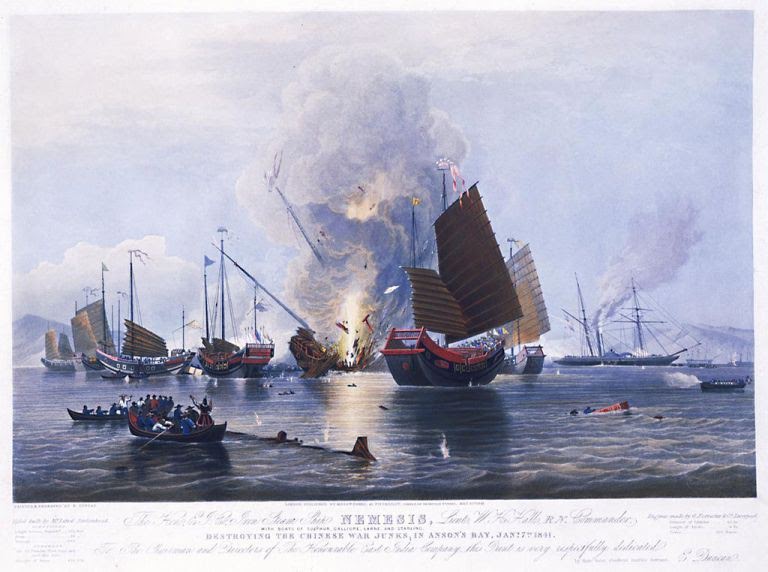
Though the sovereignty of Hong Kong has since returned to China, it continues its tradition as the commercial gateway to the world’s most populous country. The opportunity for growth in connecting the East and West is not one-sided. While western brands have their sights on expansion into Asia, Chinese brands also seek expansion beyond the Great Wall. This seminar’s case study brand, Hidy NG, sought a complete brand audit, and a defined strategy for growth and westward expansion. Students worked in teams to articulate a brand identity, craft a distribution plan, and develop product lifecycle recommendations. The culminating presentations demonstrated rigor, analysis, and professionalism comparable to a boutique consultancy.
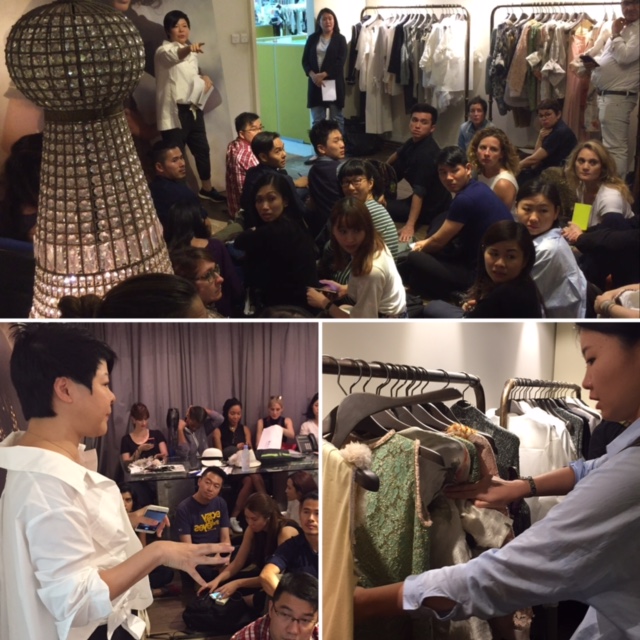
By the time the students travel to Hong Kong, they are nearing the completion of the program. They have spent the last year-and-a-half cultivating business acumen through the curriculum; and have expanded their world view through their work with diverse colleagues from around the globe. As a result, they’re able to offer insights with clarity, precision, and confidence. So when the students presented their recommendations for the case study brand, Hidy NG was listening.

